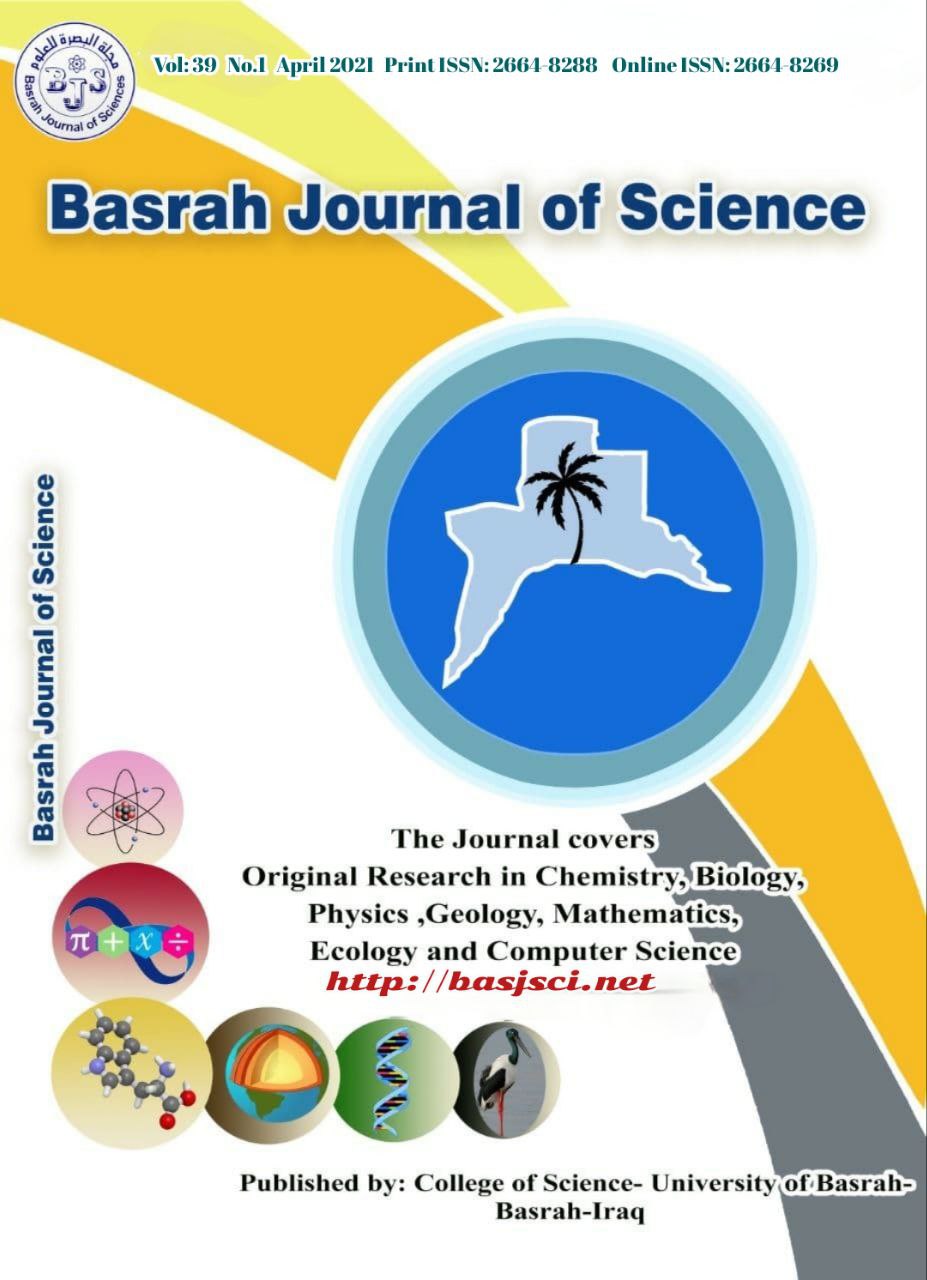The Physiological Role of the Hormone Adropin And Its Relationship to Oxidative Stress In Patients With Degenerative Arthritis
Keywords:
Osteoarthritis, Adropin, oxidative stress, reactive oxygen, Severity of diseaseAbstract
This study examined adropin, oxidative stress, and antioxidants in osteoarthritis patients and a control group, as well as the relationship between adropin and these factors. To achieve this goal, we collected 150 samples from 30–65-year-old men and women. Osteoarthritis affected 92 people. Patients were classified by disease severity: mild, moderate, or severe. The control group of 58 people is used for comparison. Quantified were adropin, glutathione (GSH), uric acid (UA), and MDA. Results show significant Adropin reduction (p≤0.0001) in osteoarthritis patients (282 ± 158.6 ng/L) compared to the control group (433.5 ± 119.7 ng/L). Adropin significantly reduced severe osteoarthritis (111±24.8 ng/L) compared to moderate (336.3±99.1 ng/L) and mild (410.3±108.4 ng/L) instances compared to the control group (p≤0.0001). Adropin and GSH are positively correlated in severe (r=0.446, p=0.004) and moderate (r=0.519, p=0.0013) cases. Adropin is negatively correlated with MDA in mild (r=-0.493, p=0.031) and severe (r=-0.542, p=0.001) instances. Adropin negatively correlates with uric acid in moderate (r=-0.525, p=0.012) and severe (r=-0.467, p=0.002) cases. This study supports the use of adropin to diagnose and track osteoarthritis. We also find a link between adropin and oxidative stress, suggesting it contributes to disease progression.
Downloads
Downloads
Published
Issue
Section
License

This work is licensed under a Creative Commons Attribution-NonCommercial 4.0 International License.


